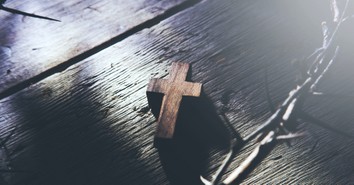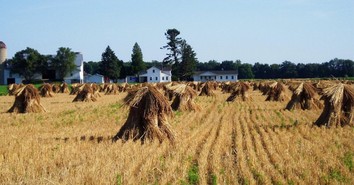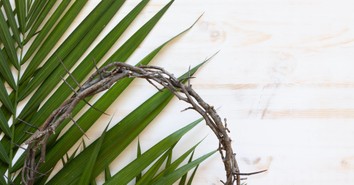Advent in Church and Cultural Tradition
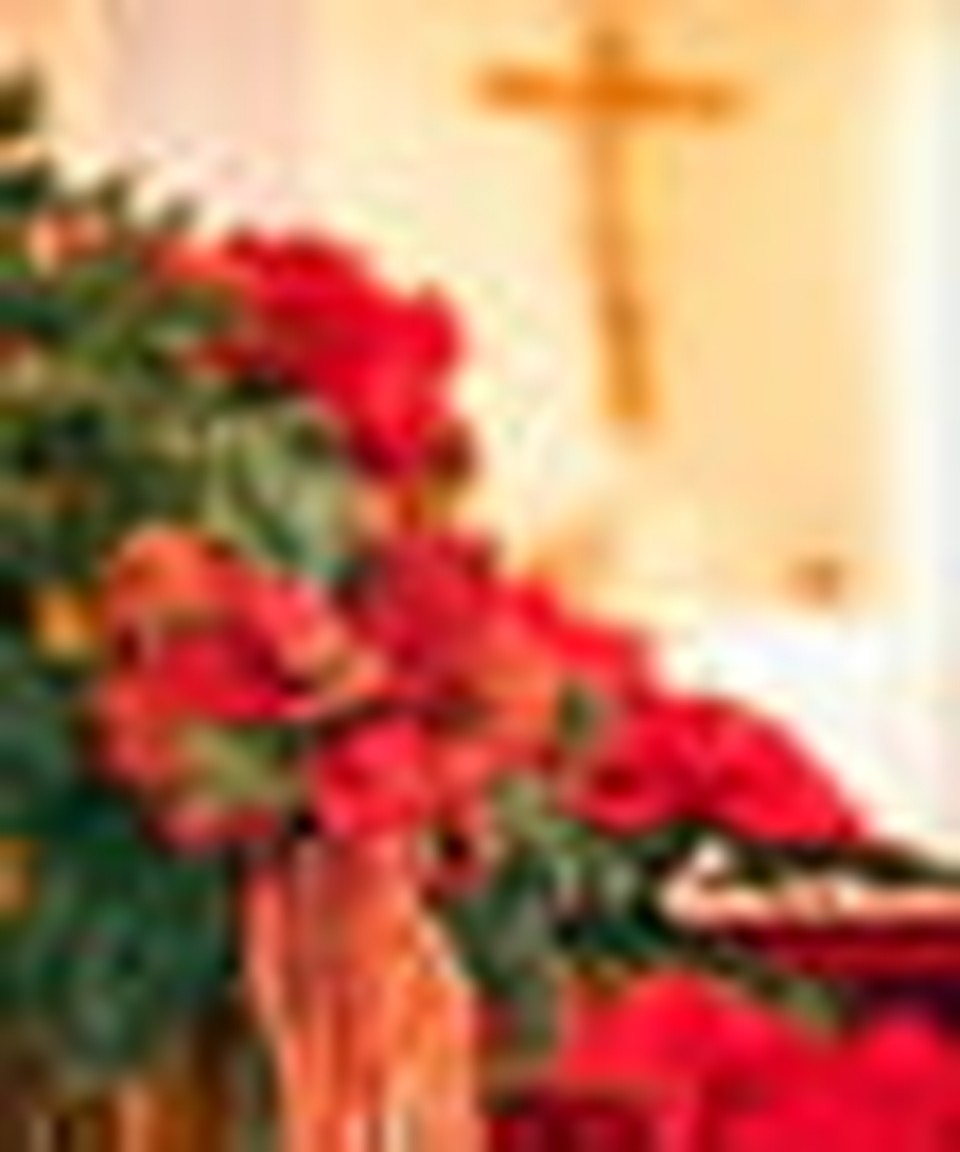
In the early centuries, the churches in the East celebrated both the birth and the baptism of Jesus on January 6. Not surprisingly, the day became a major occasion for performing baptisms, which led to a preparatory period of fasting and catechesis (instruction). During the fourth century, the Eastern churches followed the West's lead and adopted December 25 for the Feast of the Nativity. Even though this was no longer a day for baptisms, Eastern churches retained their tradition of penitential preparation. This practice spread to the northern and western regions of the church where it fit well with the greater emphasis there on the final coming and judgment of Christ, which called for self-examination and spiritual readiness. Today, Orthodox Christians still observe a nativity fast from meat November 15 through December 24.
In the church centered in Rome, it was a different story. There, Advent entailed a festive preparation for the birth of Christ from the start. In the sixth century Pope Gregory the Great established the forerunner of our Advent by creating special masses for the four Sundays preceding Christmas Day. After seesawing over the ensuing centuries, these two traditions, the "warm Latin joy" and the "ascetic northern preparation" eventually merged into the synthesis that characterizes Advent today. While fasting has largely fallen away in the West, we still feel a subtle and fruitful tension. As Christopher Hill puts it, "The pull between the affectionate backward look and the anxious forward look - both situated in the world of human time" opens up the present moment for Christ to come in our hearts.
Obviously, Advent and Christmas are closely linked, and many cultural customs apply to both seasons. For example, the Feast of St. Nicholas, from which we get our idea of Santa Claus, falls on December 6 in Advent. Three Advent traditions - the Christmas tree, the Advent wreath and the "O" Antiphons - open for us respectively the themes of death and life, darkness and light, doubt and longing.
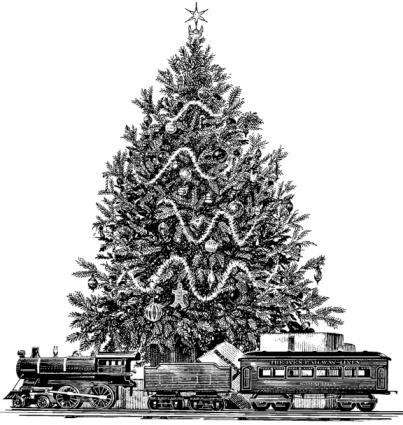
The decorated Christmas tree derives from this ancient tradition. The custom flourished in Germany as far back as the fifteen hundreds (Martin Luther is said to have decorated a tree indoors), although it did not spread widely in Europe until the nineteenth century. Interestingly, Christmas trees may have reached Revolutionary America by way of German settlers even before they appeared in England! But not until the early twentieth century did Christmas trees become more widely popular in the United States.
The Christmas tree, then, with its dark green branches and forest fragrance, its garlands and lights and bright adornments, comes into our homes in the dead of winter as a symbol of life and a sign of hope.
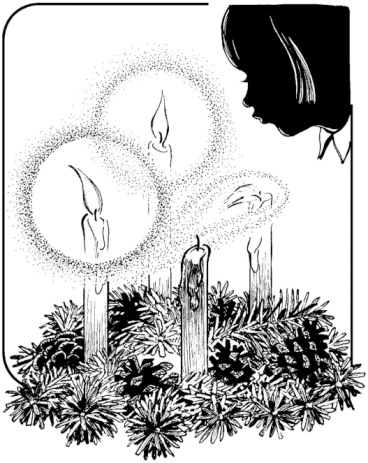
In ancient northern cultures, the lighting of bonfires and yule logs was meant to ward off the midwinter darkness and its sinister denizens. So it is easy to see how Christians combined the greenery of life and the candles of light into the Advent wreath. By lighting a new candle each week, by accumulating the brightness, we signify our hope in the coming light of Christ, even as daylight diminishes and darkness rises with the approach of winter solstice. Lighting the Advent wreath in our homes and churches enacts our faith in John's testimony: "The light shines in the darkness, and the darkness did not overcome it" (John 1:5).
The minor feast day of St. Lucy, or Lucia, on December 13 provides another opportunity to celebrate the coming light of Christ during Advent. Lucia, whose name derives from lux (Latin for "light"), was martyred in Italy in 304. Devoted to Christ, she gave all of her dowry to the poor, infuriating the man she was to marry by arrangement. He denounced her to the governor, who had her killed by the sword after attempts to burn her failed. Lucy is especially honored in Scandinavia as the Queen of Light. The custom is for a daughter in the home to wear a crown of candles and go from room to room awakening the family from their deep midwinter sleep and bringing them Lucia buns baked with saffron.
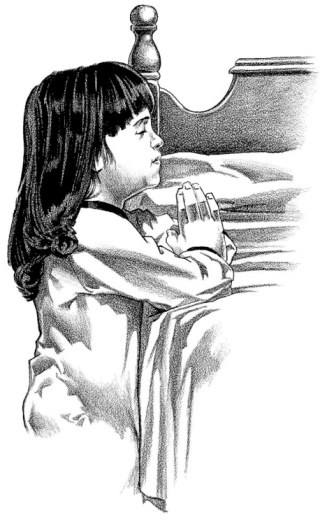
O Wisdom, O holy word of God, you govern all creation with your strong yet tender care: Come and show your people the way to salvation.
O Sacred Lord of ancient Israel, who showed yourself to Moses in the burning bush, who gave him the holy law on Sinai mountain: Come, stretch out your mighty hand to set us free.
O Flower of Jesse's stem, you have been raised up as a sign for all peoples; rulers stand silent in your presence; the nations bow down in worship before you. Come, let nothing keep you from coming to our aid.
O Key of David, O royal power of Israel, controlling at your will the gate of heaven: Come, break down the prison walls of death for those who dwell in darkness and the shadow of death, and lead your captive people into freedom.
O Radiant Dawn, splendor of eternal light, sun of justice: Come, shine on those who dwell in darkness and the shadow of death.
O Ruler of all the nations, the only joy of every human heart, O keystone of the mighty arch of humankind: Come and save the creature you fashioned from the dust.
O Emmanuel, ruler and lawgiver, desire of the nations, savior of all people: Come and set us free, Lord our God.
On December 21, the church remembers St. Thomas, the apostle famously known as Doubting Thomas for his refusal to believe in Jesus' resurrection until he had fingered the nail marks and felt the spear wound. After Jesus graciously accommodated his doubt, Thomas declared, "My Lord and my God!"(John 20:28). According to tradition, he is credited with taking the light of the gospel to India. As his feast day falls in the week of the "O" Antiphons, these meditative prayers can be for us affirmations of faith and longing in the face of doubts that we, like Thomas, may experience.
Taken from Living the Christian Year: Time to Inhabit the Story of God by Bobby Gross. Copyright(c) 2009 by Bobby Gross. Used by permission of InterVarsity Press PO Box 1400 Downers Grove IL 60515. www.ivpress.com.
Bobby Gross is director of graduate and faculty ministries for InterVarsity Christian Fellowship. Bobby also serves on the national board of Christians in the Visual Arts (CIVA) and lives in Atlanta, GA.
Visit Crosswalk's Christmas Facebook page at www.facebook.com/LuvChristmas.
Originally published December 01, 2011.
